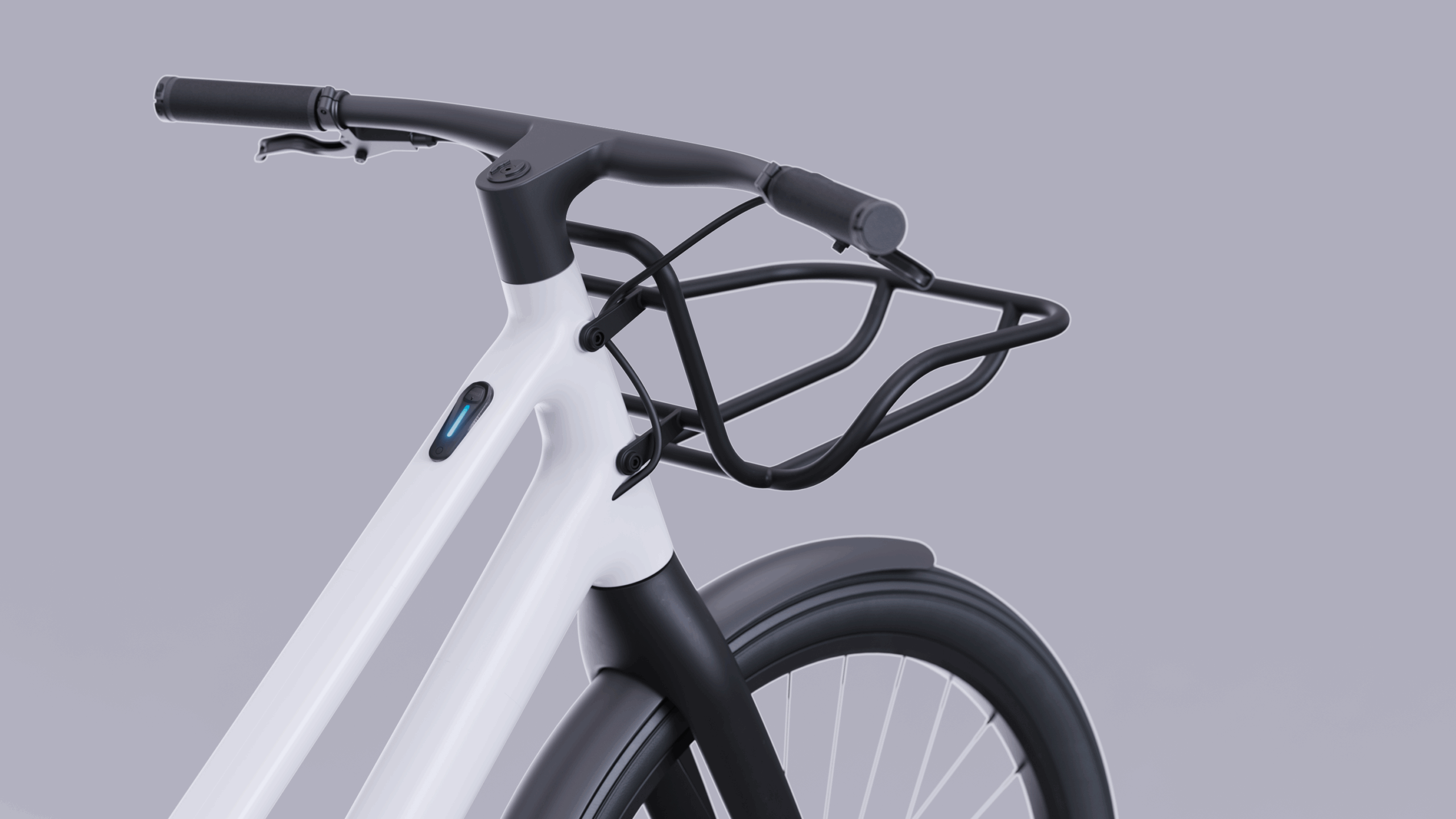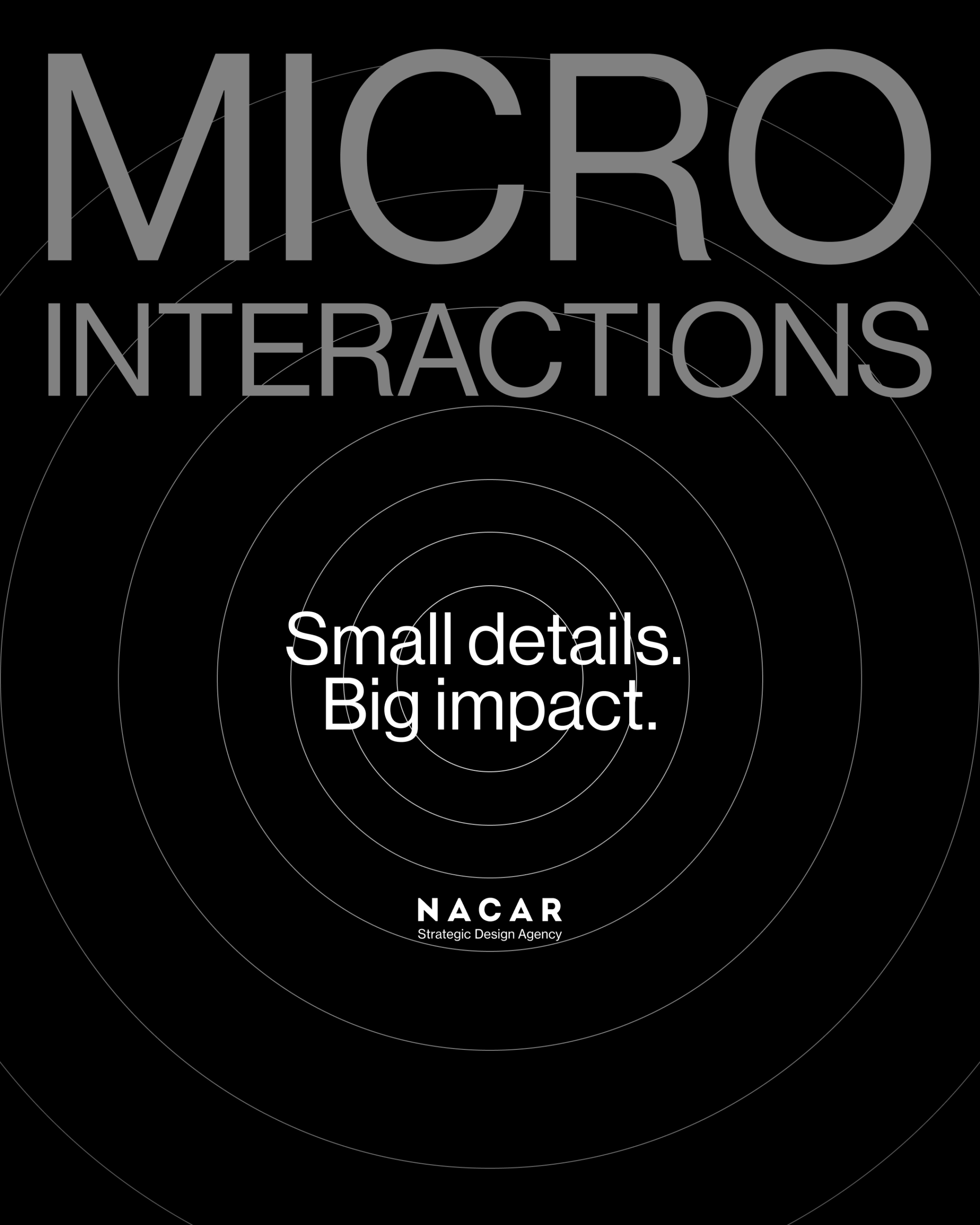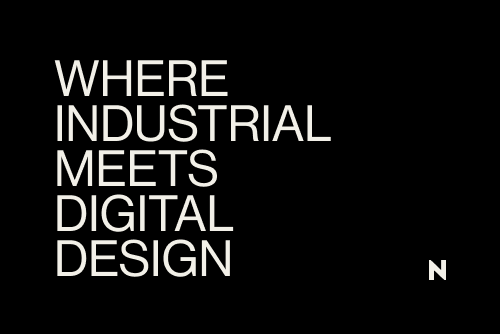
From sketch to scale: The relationship between industrial design and manufacturing
- Nacar Design Team
In the world of industrial design, the intrinsic relationship between conceptual creativity and practical execution defines not only the aesthetics of a product, but also its functionality and market viability. Design and manufacturing companies span from the conception of an idea to its physical materialization, each step in the design and manufacturing process plays a crucial role in the success and innovation within this dynamic and constantly evolving field.
In this NacarDesign article we will explain in detail the relationship between design and industrial manufacturing.
Industrial design is distinguished by its focus on creating products that are not only visually appealing, but also ergonomic, efficient and, above all, functional. The art of design and manufacturing engineering, is to combine aesthetics with utility, ensuring that each object not only fulfills a specific purpose, but also enhances the user experience and integrates harmoniously into its environment.
The design process: from idea to reality
The industrial design process begins with the generation of ideas and concepts. This is where designers explore various possibilities and solutions to satisfy a need or solve an identified problem. This creative process is fundamental to defining the aesthetic and functional direction of the final product.
The industrial design process begins with the generation of ideas and concepts. This is where designers explore various possibilities and solutions to satisfy a need or solve an identified problem. This creative process is fundamental to defining the aesthetic and functional direction of the final product.
Once a concept is selected, designers work on prototypes and mock-ups. These physical representations allow the technical feasibility of the design to be evaluated and necessary adjustments to be made before proceeding to the manufacturing stage. It is at this stage that design and manufacturing begin to converge, as prototypes serve as models for mass production.
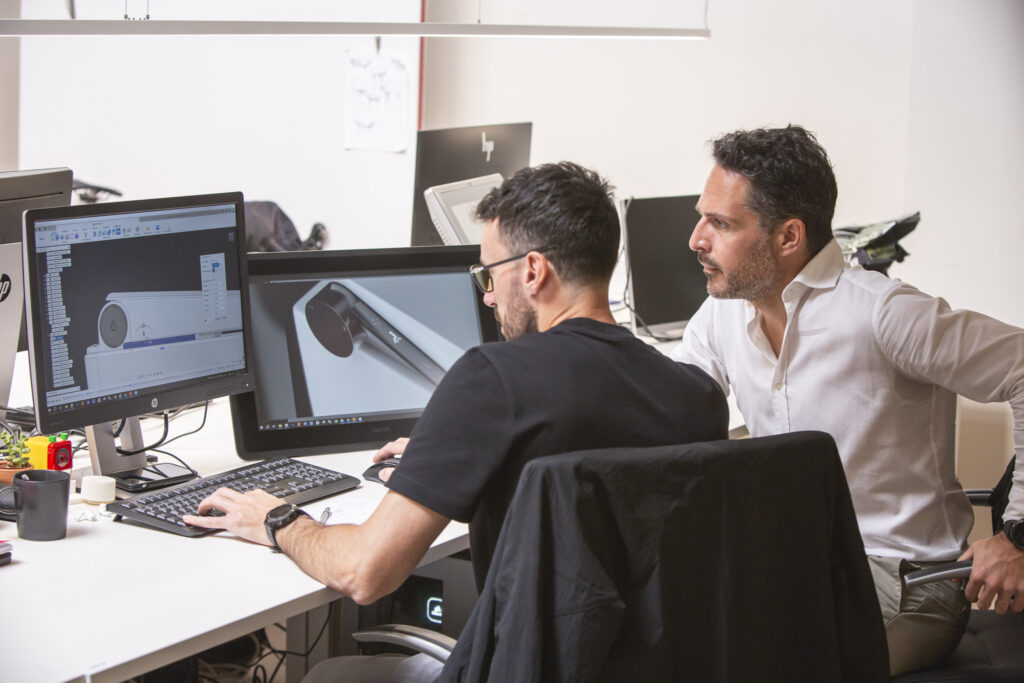
Manufacturing: transforming ideas into tangible reality
Manufacturing in the context of industrial design encompasses a wide array of processes, each crucial in the journey from concept to finished product. Beginning with the meticulous selection of materials, designers must consider not only the visual appeal but also the practical aspects of durability and functionality. The implementation of advanced production techniques further refines this process, integrating cutting-edge methods such as 3D printing and CNC (Computer Numerical Control) machining. These technologies have not only streamlined production timelines but also enhanced the precision and customizability of designs.
The evolution of manufacturing technology continues to shape the landscape of industrial design, offering designers unprecedented flexibility in realizing their creative visions. From rapid prototyping to full-scale production, each step underscores the importance of seamless integration between design creativity and manufacturing proficiency. As industries embrace sustainability and efficiency, these advancements pave the way for environmentally conscious practices and innovative solutions. In essence, manufacturing is not just about transforming ideas into tangible reality—it is about harnessing innovation to create products that resonate with both aesthetic appeal and functional excellence in the modern marketplace.
Innovation and sustainability: contemporary considerations
In contemporary industrial design, innovation and sustainability are at the heart of many design and manufacturing decisions. Designers are constantly looking for new ways to reduce the environmental impact of their products, whether through the choice of recyclable materials or production techniques that minimize the waste of resources.
In addition, digitalization has facilitated global collaboration between designers and manufacturers, allowing creative ideas to be turned into manufactured products through efficient and coordinated processes.
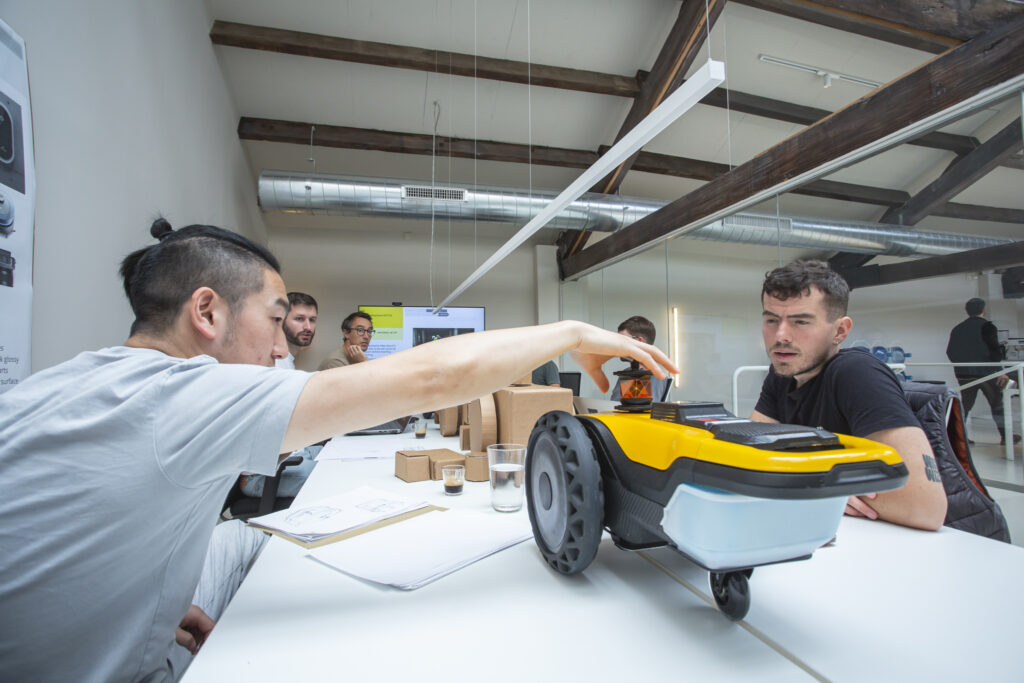
Conclusion
The relationship between industrial design and manufacturing is a dynamic collaboration that fuses creativity with technology to bring innovative and functional products to life. From initial conception to final production, each stage of the process plays a crucial role in defining a product's success and relevance in the global marketplace.
Industrial design not only transforms ideas into tangible reality, but also drives the evolution of functionality and aesthetics in our daily lives. As we move into a future where innovation and sustainability are priorities, the seamless integration between design and manufacturing will continue to be critical to the development of creative and meaningful solutions in the contemporary design world.
Ultimately, the creative symphony between industrial design and manufacturing continues to inspire and shape our environment, constantly raising the standards of what is possible at the intersection of art, technology and functionality in product design.
